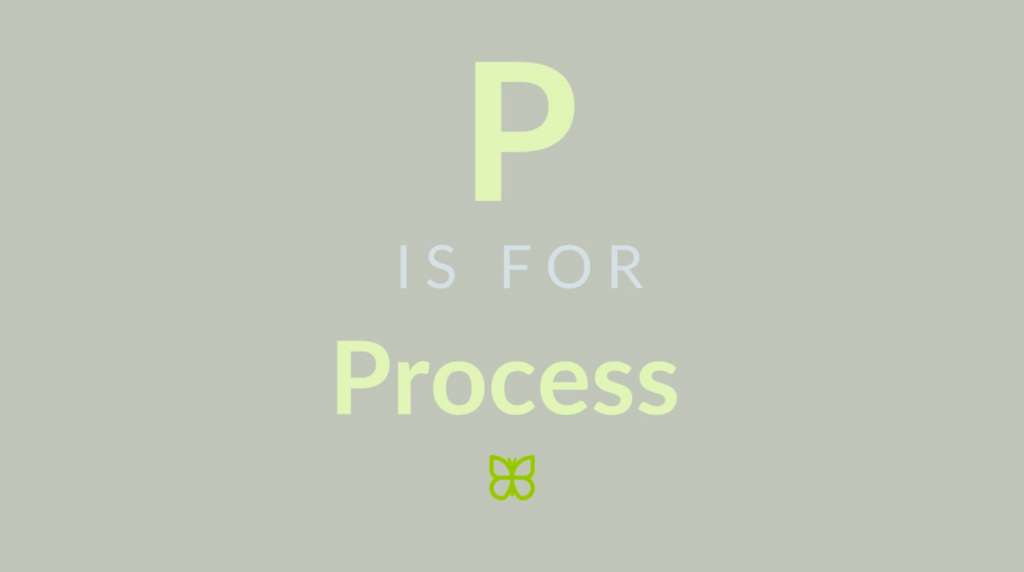

Processes exist in every element in life. Whether its your morning routine, or sales order process or manufacturing and assembling products. Documenting processes can be an excellent tool, however there are some really important rules that are worth applying:
- Develop a process mapping control, this ensures your process mapping approach is consistent
- Processes must be mapped by process owners (the doers not the managers), they know their process, and know how they work and interact.
- Keep them upto date, like everything a little bit regularly is frequently easier than having to do a massive update.
Process mapping done right enables organisations to not only assist with compliance with the ISO standards, but more importantly is a critical tool for improvement and change management. At this point I’d pose a really important question.
How do you change process, people and technology, if you’re not clear on how you do things today?
I refer you to point 2 above. Processes frequently represent what is anticipated as the ideal process and not the real world position. So when you bring in new approaches or an IT system you then discover push back from your people because you’re impacting parts of process that may not be fully understood by you project teams.